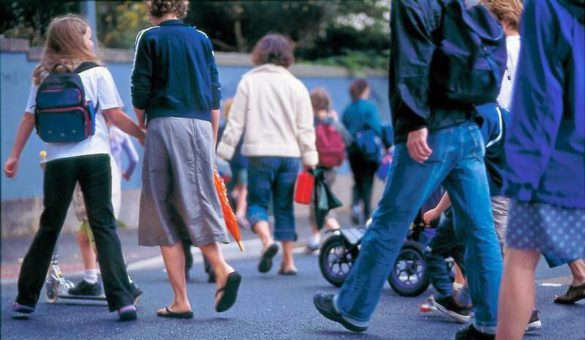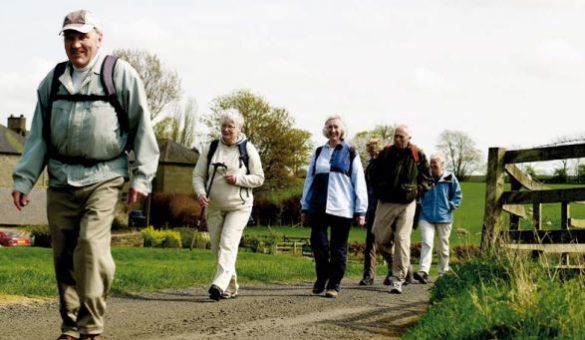The National Forest: Connectivity Through Walking and Cycling
The National Forest embraces 200 square miles of the Midlands, and aims to link the two ancient forests of Charnwood and Needwood. Having planted over nine million trees, the National Forest has made a significant difference to the environment in which many thousands of residents live, visit and explore.
Part of the National Forest’s incredible work involves engagement with the planning system to develop green infrastructure which brings with it benefits for the environment, as well as health and wellbeing.
Engagement with Residential Development
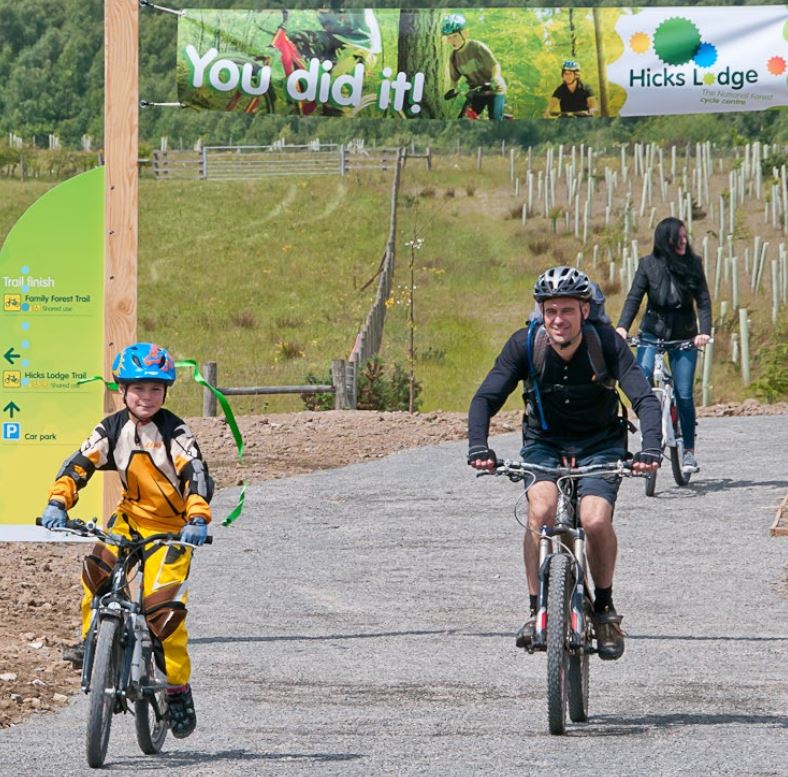
A family cycling at Hicks Lodge Cycle Centre. Source: Sport England and the National Forest.
The Hicks Lodge Cycle Centre opened in the National Forest area in 2011, providing cycling and walking trails alongside a shop, cafe and play facilities. When a nearby residential development arose, National Forest officers worked with the local authority and developers to explore the potential to connect the new housing with Hicks Lodge, whilst at the same time connecting both residents and the cycling facilities to the wider cycle network.
Identifying and grasping this opportunity provides an attractive and accessible way for new residents to get active, use their local facilities and maximise access and use of a traffic-free cycle network.
Key takeaway:
Development should recognise local amenities, facilities and connections (such as walking and cycling routes, green space and other assets), and explore how to maximise connectivity to ensure that both new and existing residents are able – and encouraged – to reap the rewards of new development.
Connecting to Commercial Development
The development of land for a large distribution centre required woodland planting as per local planning policy. The planting would naturally be of benefit to the environment, and local wildlife, however the National Forest worked with the developers to ensure that the planting could also be enjoyed by residents as well as employees.
In doing so, creation and extension of footpaths allowed for the open spaces to be connected with, and beyond, the major distribution centre. The development subsequently supports local residents to get outdoors and be active, and provides an opportunity for employees to be more active on the doorstep of their workplace.
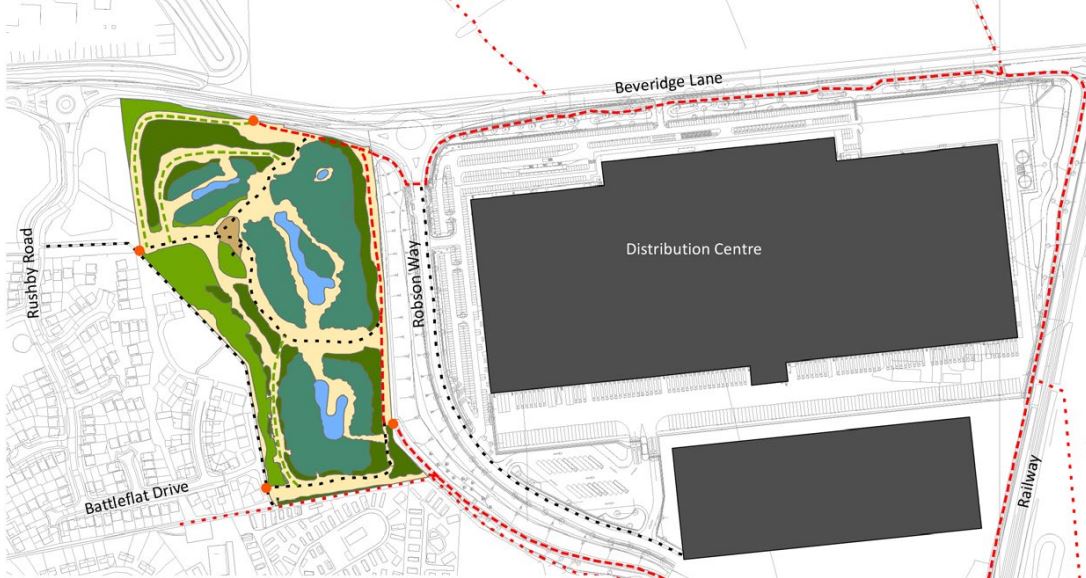
Connection of open space to, and beyond, a major employment area. Source: Sport England and the National Forest.
Key takeaway:
Creating a multi-purpose space, allowing for a multiple of uses and users, increases the benefit for all. Consideration has been given not only to the planting required by policy, but how this requirement created opportunities think about the broader impact of the site on how the development could support the health, physical activity and wellbeing of both residents and employees.
For further information on the National Forest visit their website or view the detailed case study information via Sport England’s Active Design resources.
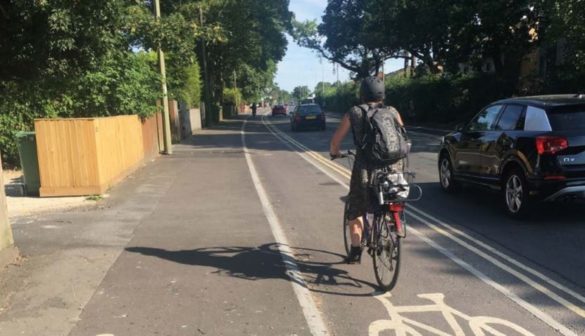
Cycle Routes: Infrastructure Types and Impacts on Active Travel
National guidance supports the development of high-quality infrastructure to deliver an ambition to make walking and cycling a natural choice for short journeys and a more viable part of longer journeys. Cycling infrastructure in particular can take many forms – such as dedicated and protected cycle space, cycle lanes or mixed traffic between cyclists and other road users.
Read more about "Cycle Routes: Infrastructure Types and Impacts on Active Travel"
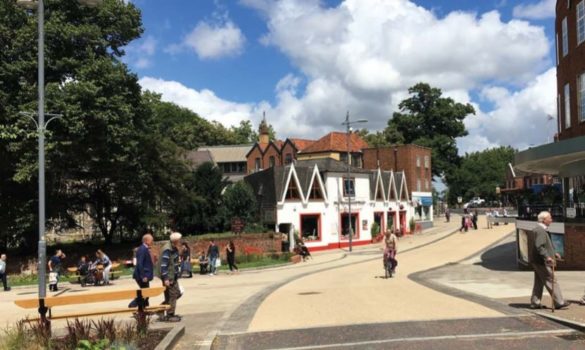
Introduction to Active Travel: for Health, the Environment and the Economy
Walking and cycling have clear benefits to both our physical and mental health. By increasing levels of active travel there are clear opportunities to improve health, people’s quality of life and deliver a positive environmental impact. There are also economic drivers to boosting active travel.
Read more about "Introduction to Active Travel: for Health, the Environment and the Economy"
Make the most of the Healthy Place Making platform
As well as ensuring you are always in the know about future changes and updates to Healthy Place Making, registering with us will enable to you to curate your own project boards that you can share with others – helping you to embrace the Healthy Place Making approach to find, curate and collaborate on making healthier places for all of our residents.

